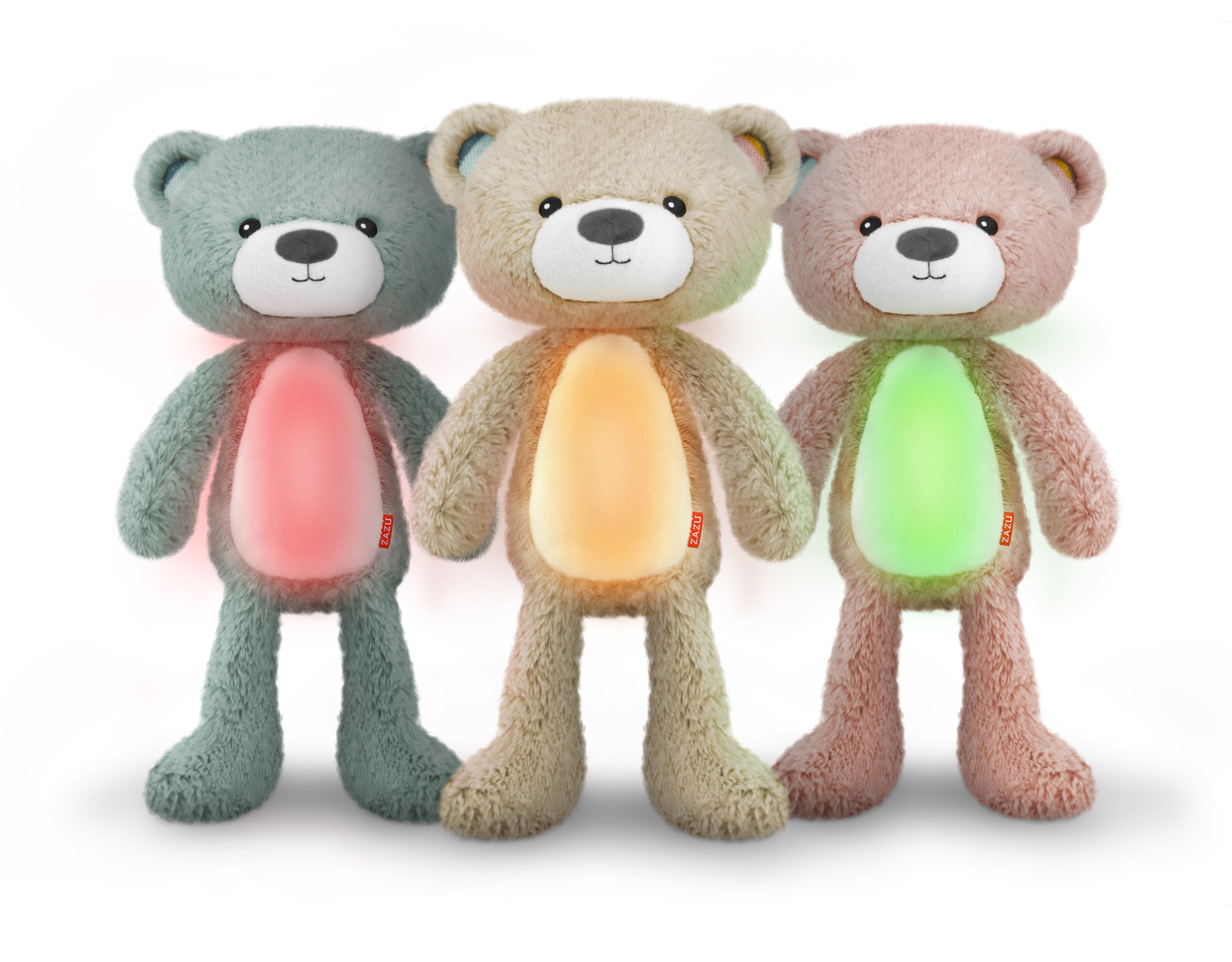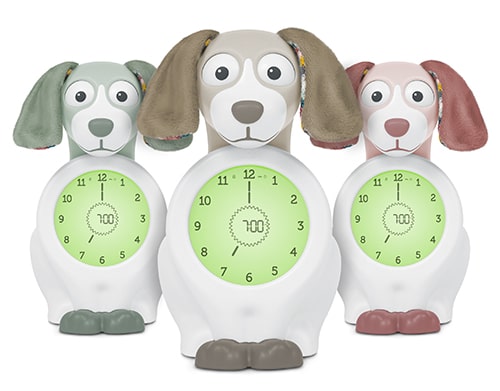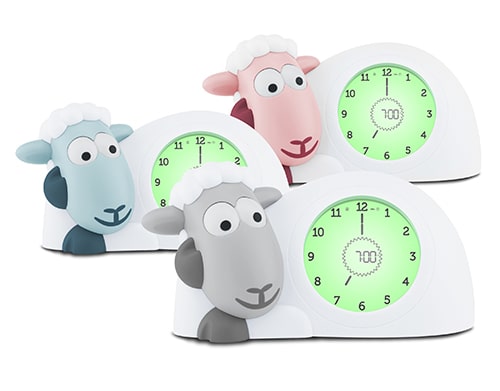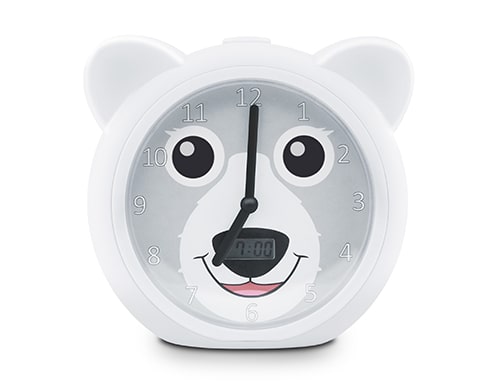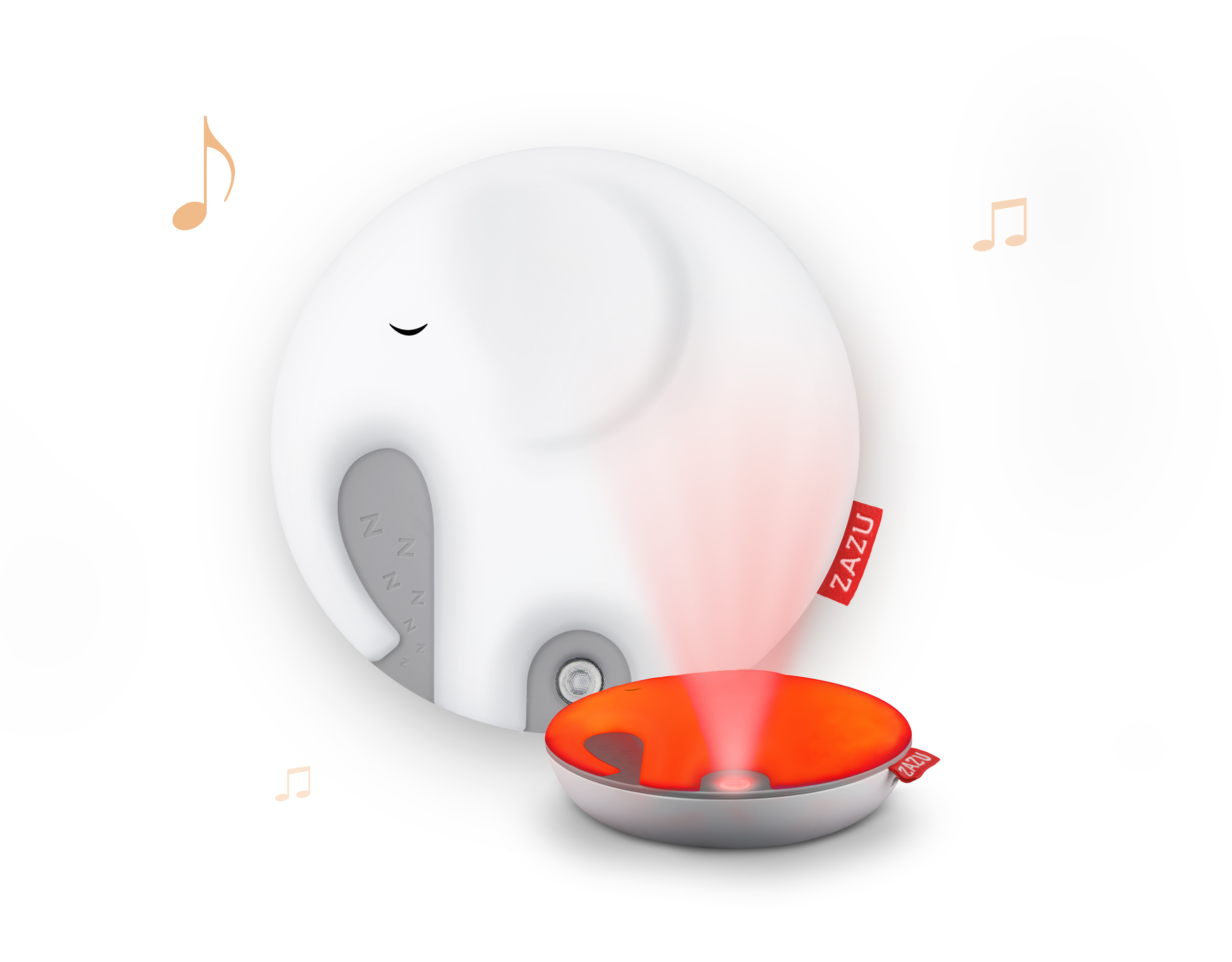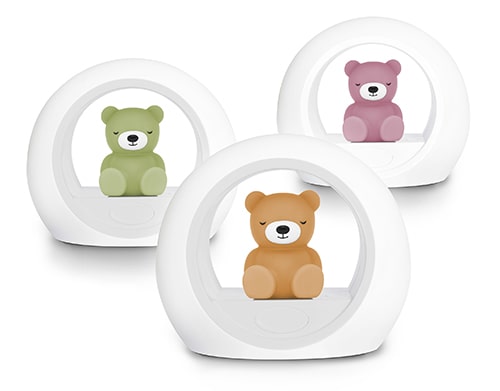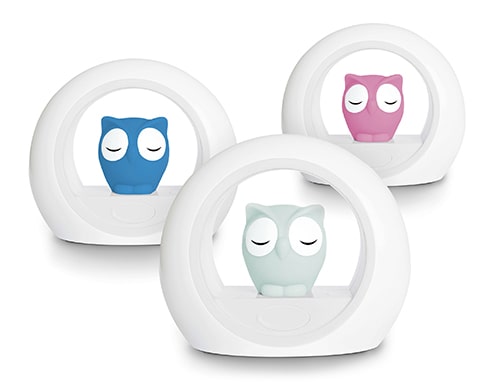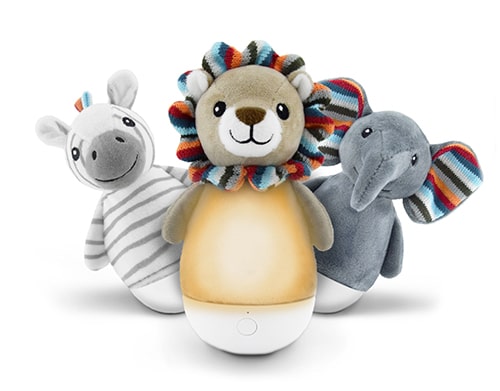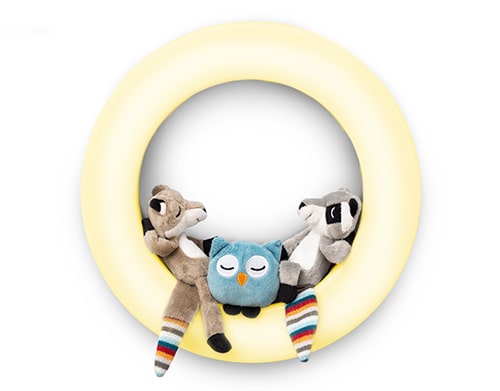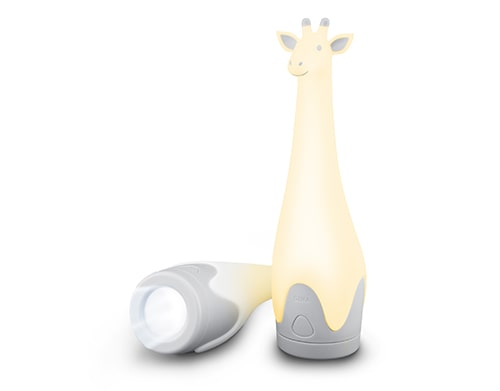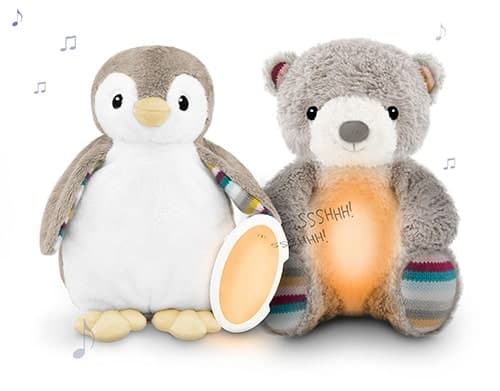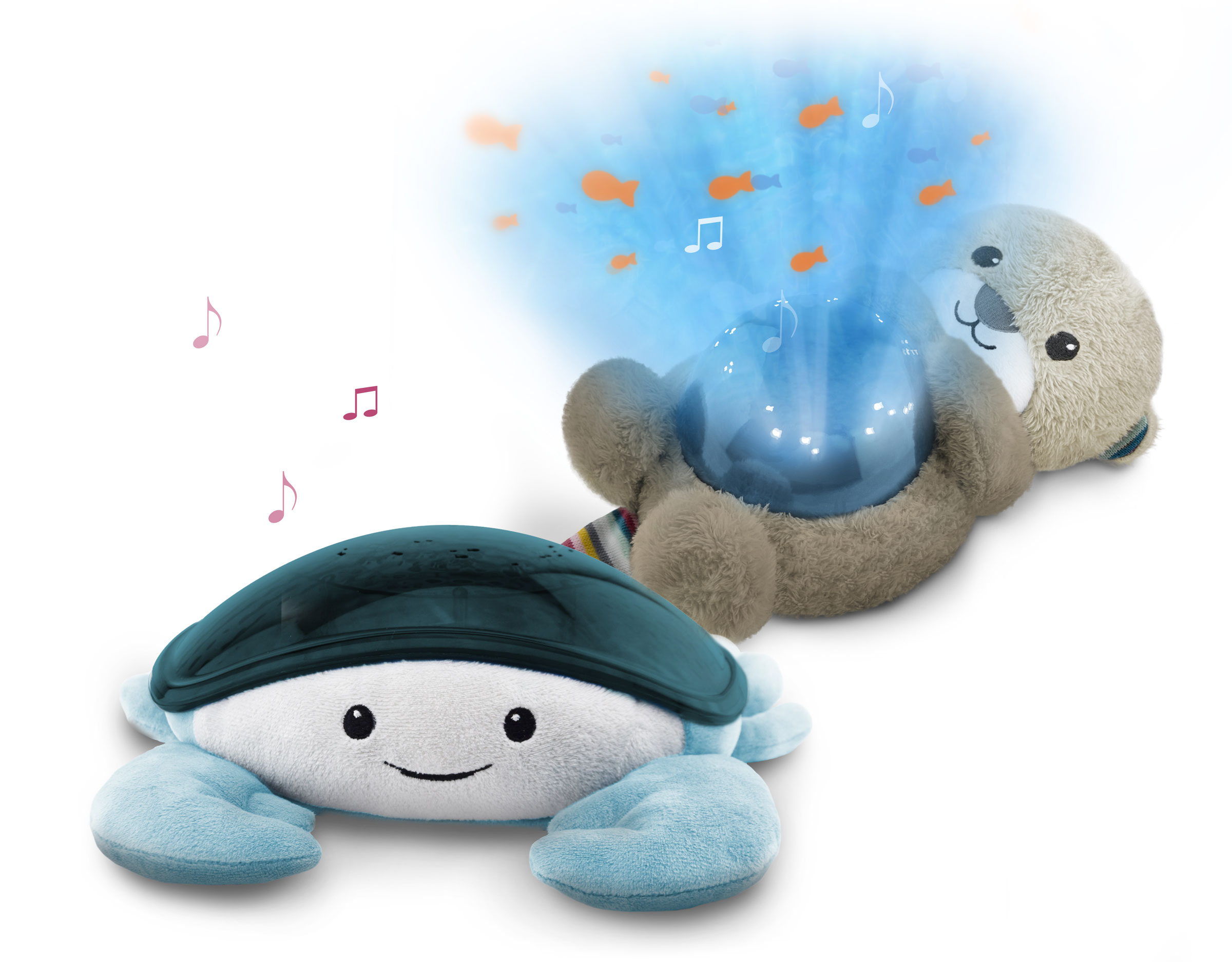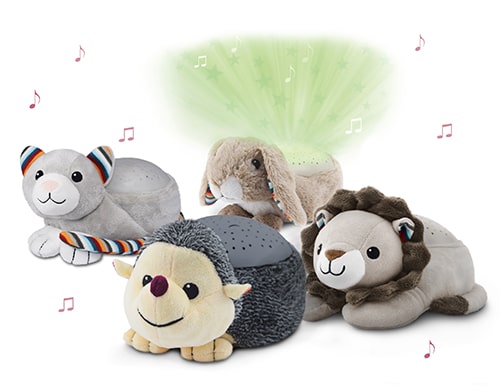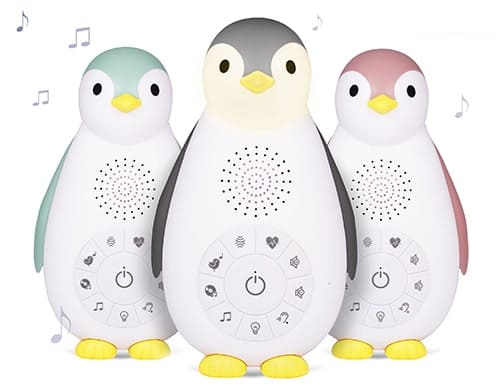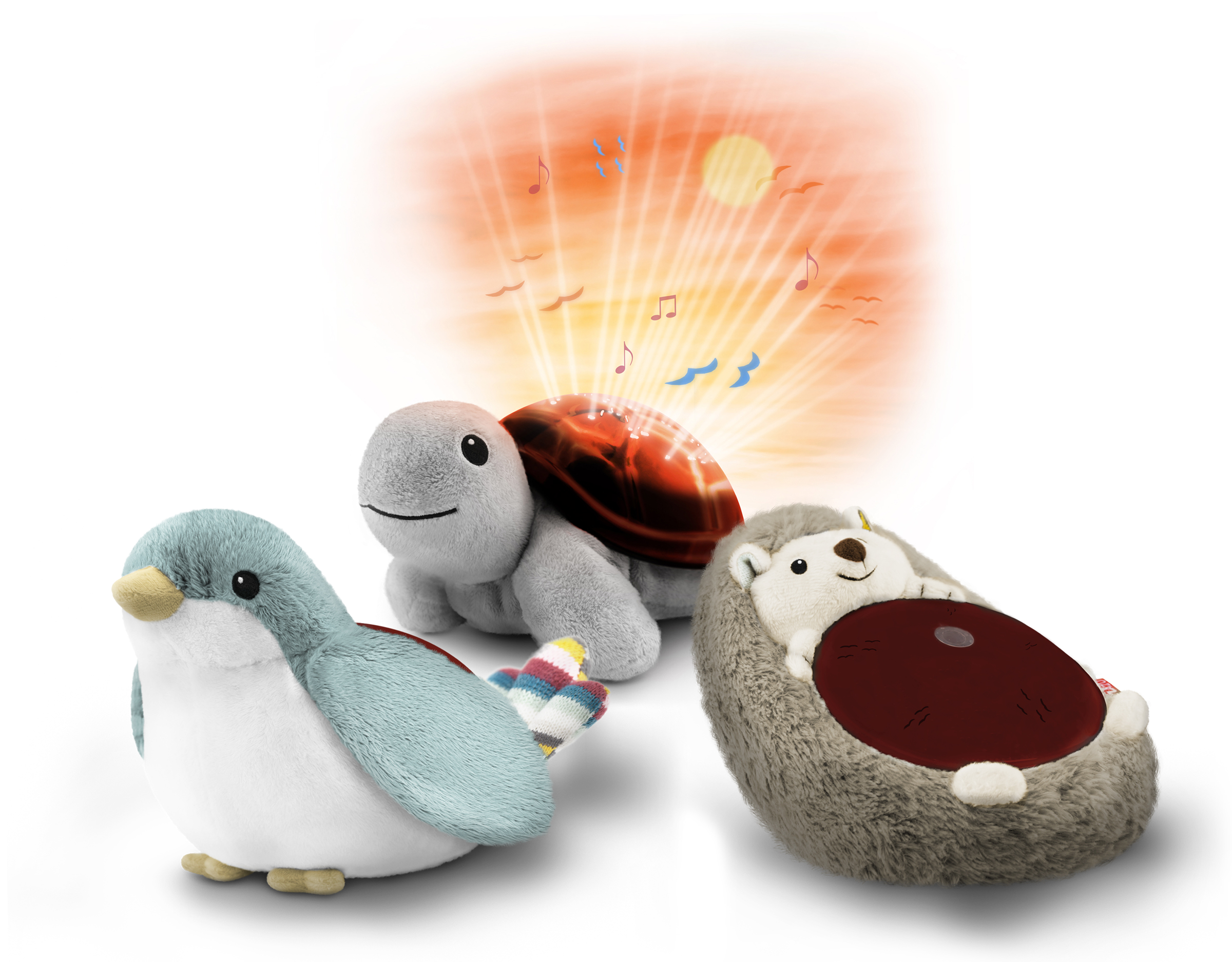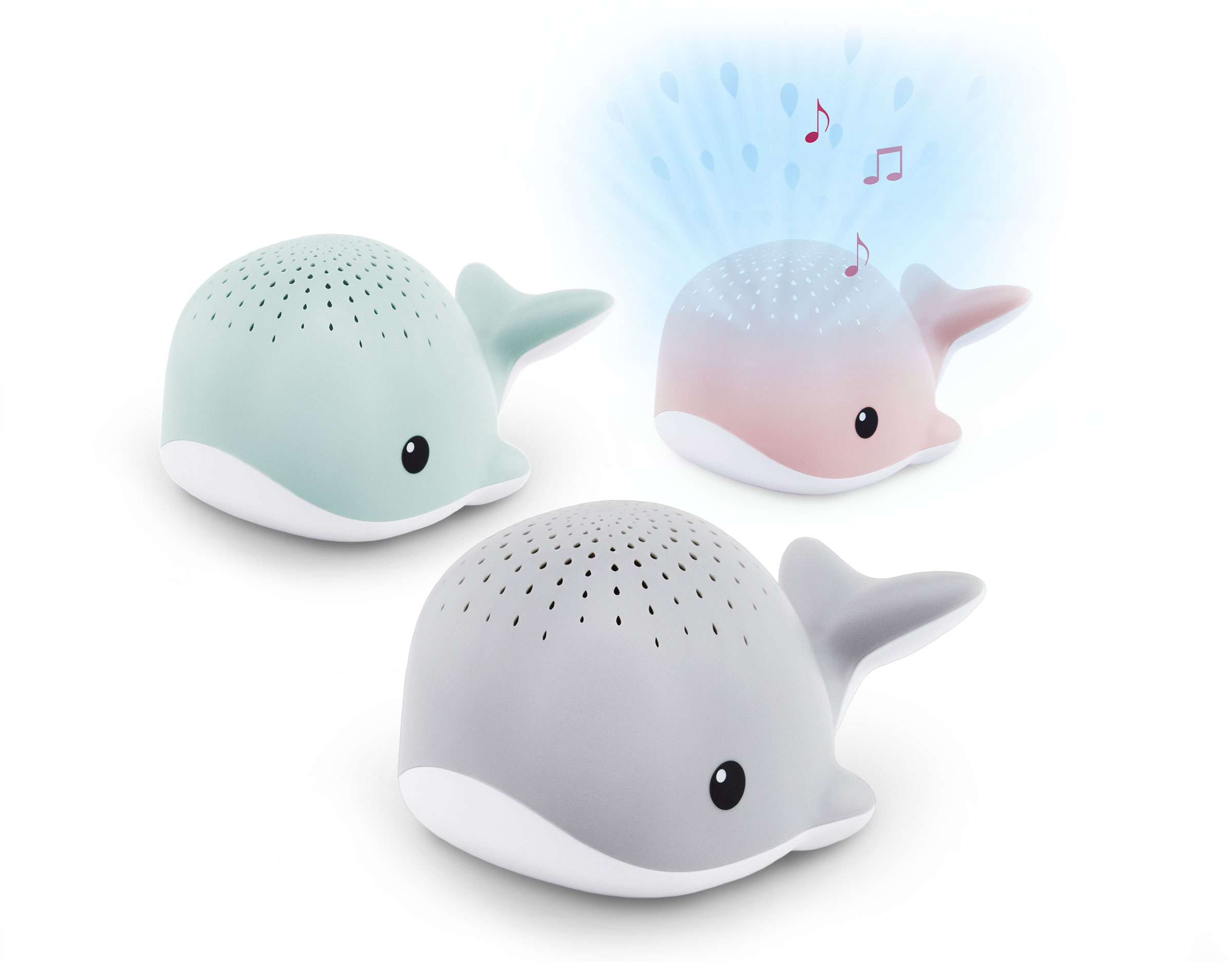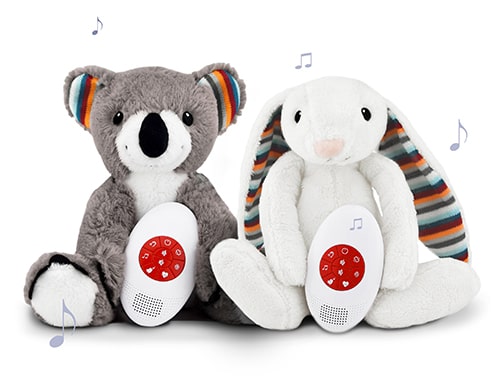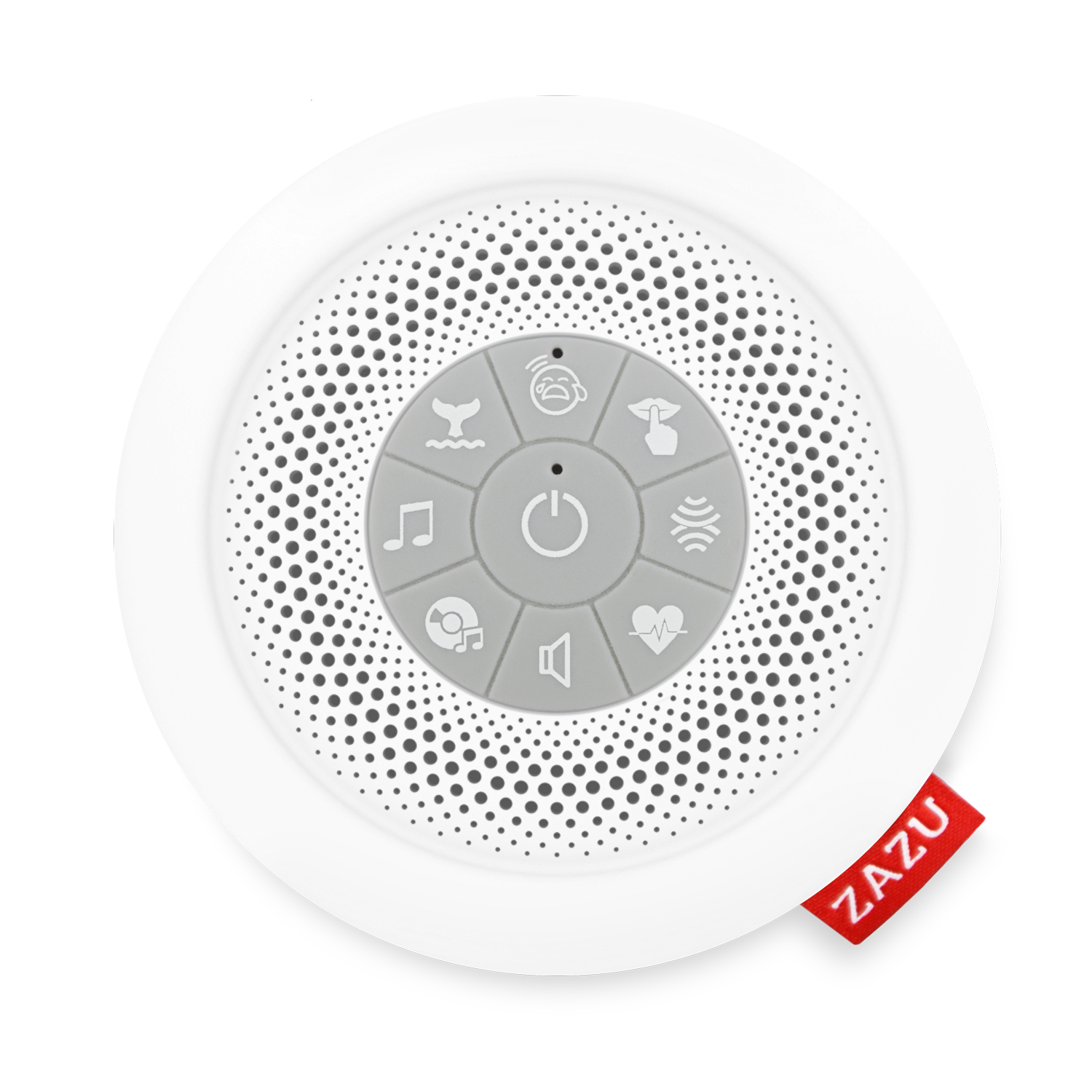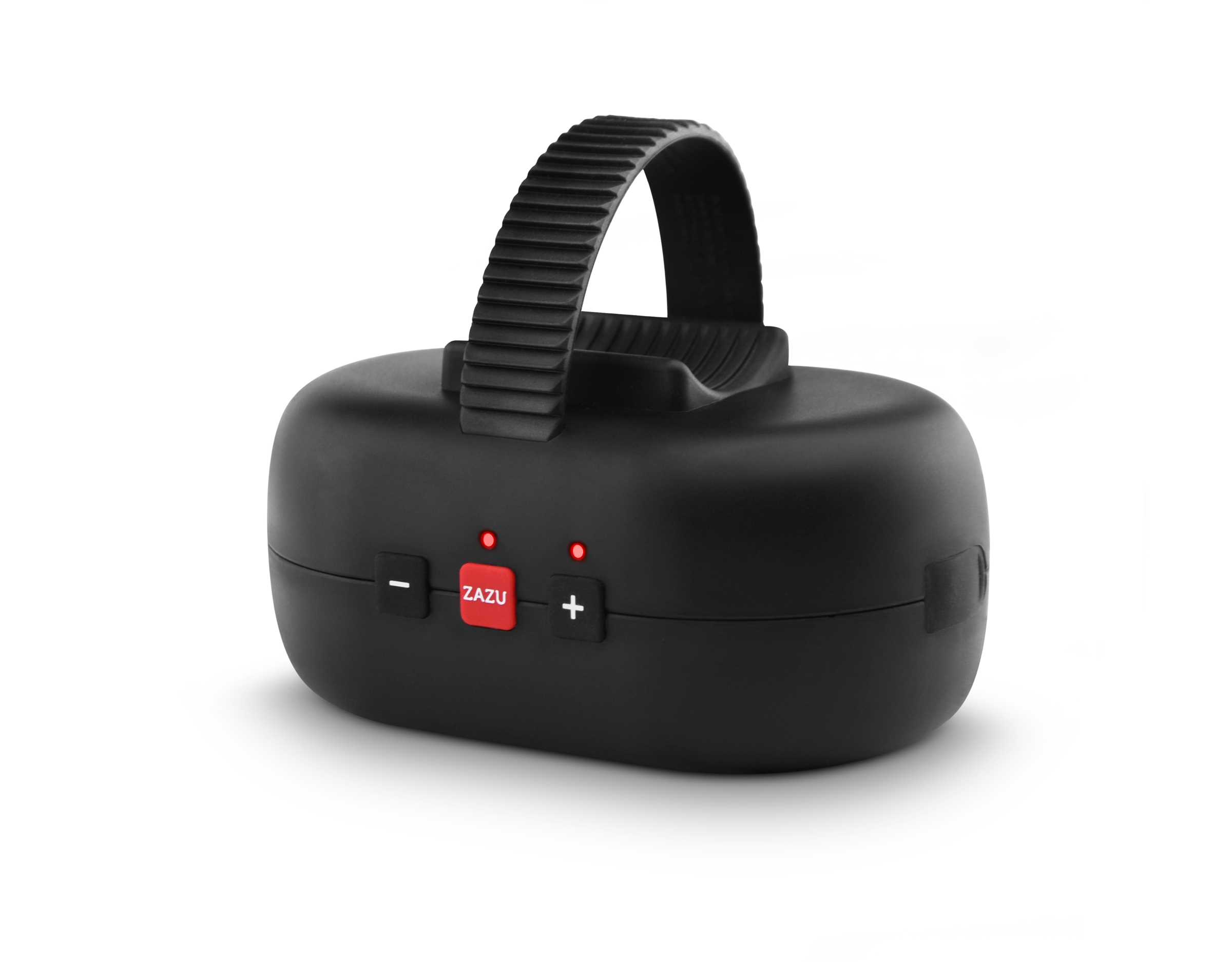If you have a child who struggles to fall asleep, then this blog is of interest to you. Difficulty falling asleep can have various reasons, such as tiredness, fear of the dark, overstimulation, or sleep regression. For many of the reasons a child has trouble falling asleep, there’s a proven simple tool that can help: red light. In this blog, you’ll learn how you can use red light to help your child fall asleep more easily.
You know the feeling – you’ve been in your child’s bedroom for 45 minutes, trying to get them to sleep. You have to stay in the room, or the mission is sure to fail. Hopelessly, you think to yourself, “What should I do differently?” When your child finally falls asleep, you come downstairs and realize it’s almost time for you to go to sleep as well. Nevertheless, you stay awake a bit longer than you should, because you really need that time for yourself. During the night, you’re woken up by your little one, leaving you feeling tired in the morning.
The story above has been a reality for many parents. While you naturally love your child very much, it’s okay to want things to be different for both your child and yourself. Breaking these patterns can sometimes be incredibly challenging. Red light is a small addition or adjustment you can make that has been proven to help your child fall asleep more easily. You’ll learn how to apply this later in this blog.
Red light reduces alertness
Amsterdam neuroscientists made an interesting discovery about red light. They conducted an experiment with healthy volunteers, comparing red and blue light to darkness. What they found was that the volunteers became less alert under red light, experiencing a delayed reaction time.
Faster falling asleep
In a second test, brain researchers investigated whether red light could actually help people fall asleep faster. They tested the effects of blue, green, and red light on sleep. Unlike green and blue light, red light actually had an effect on the time it took for the participants to fall asleep. They fell asleep slightly faster!
Improved sleep quality
A study in 2012 also examined the effect of red light. For 14 days, 20 female athletes received red light therapy before bedtime. Compared to a placebo group that didn’t receive red light therapy, the athletes experienced improved sleep quality, melatonin levels, and endurance.

Blue light
The counterpart to red light is blue light, which has an awakening effect. This is because your biological clock associates blue light with morning daylight, signaling the time to activate and start your day. Throughout the day, daylight gradually becomes redder/warmer, signaling your brain to produce melatonin (and other hormones).
How can you apply this?
You could choose warm light for the lamps in the living room, bathroom, and bedroom, so they serve as confirmation for a child’s biological clock. Your child’s biological clock already knows during dinner that it’s time to produce melatonin, as bedtime is approaching.
It’s valuable for both your own sleep and your child’s sleep to avoid looking at digital screens a few hours before bedtime. Phones, laptops, and TVs emit a lot of blue light, which can confuse the biological clock. Children can be extremely sensitive to this.
Some parents let their children watch a short video on a phone or TV in the evening, as it can help them unwind and relax. A good alternative for this is ZAZU’s red light projector!
Red light projector
Because red light has a proven positive effect on sleep, ZAZU has developed a range of red light projectors. These include Tim the Turtle, Henry the Hedgehog, and Shally the Bird. These three characters transform a room into a calming sunset with slowly flying birds. Over 30 minutes, a program plays that can help a child fall asleep:
0 – 30 minutes: In the center of the red light, you see an orange sun and birds flying slowly through the light.
10 – 20 minutes: Half of the birds have flown away, the sun has set, and the red light has dimmed slightly.
20 – 30 minutes: The last birds have also disappeared, and the red light has dimmed even more.
Combined with soothing nature sounds, stimuli are gradually reduced during the program. This allows your child to unwind before bedtime and fall asleep peacefully.

The projectors can also play a heartbeat sound. This sound can provide babies with a sense of security and comfort, as it reminds them of the womb. When a baby is in the womb, it hears various sounds from the mother’s body, such as a heartbeat and soothing sounds. The combination of sounds and red light is a supportive duo for the sleep of a baby, toddler, and even a preschooler.
Felice from ZAZU
Did you find this blog interesting or do you have a question? Send me a message on Instagram. 🙂




